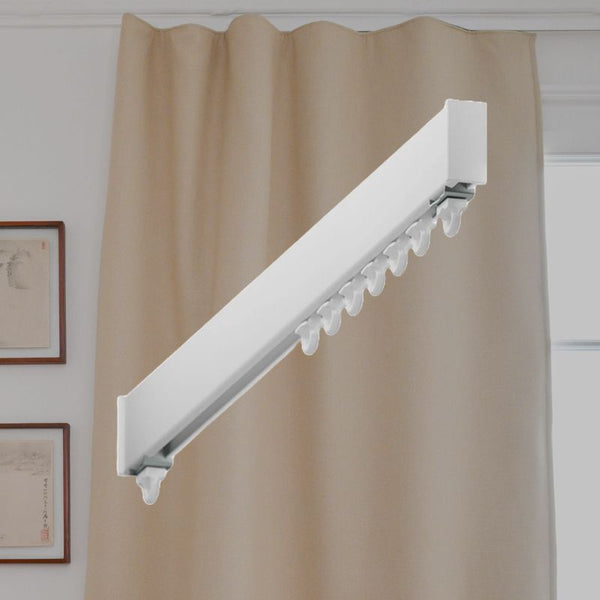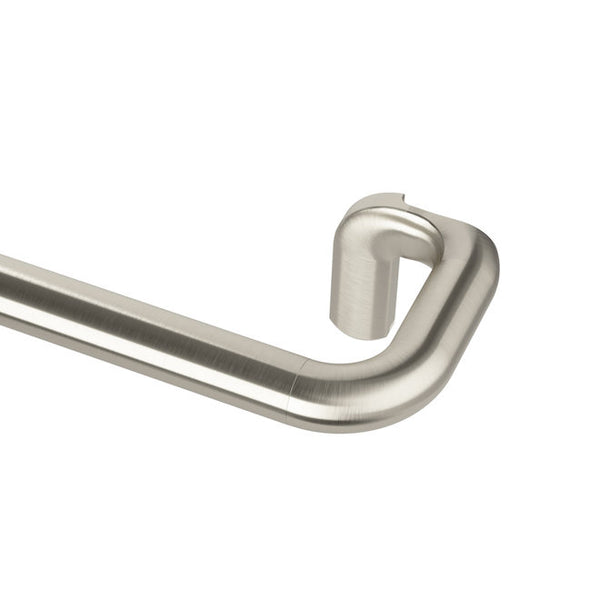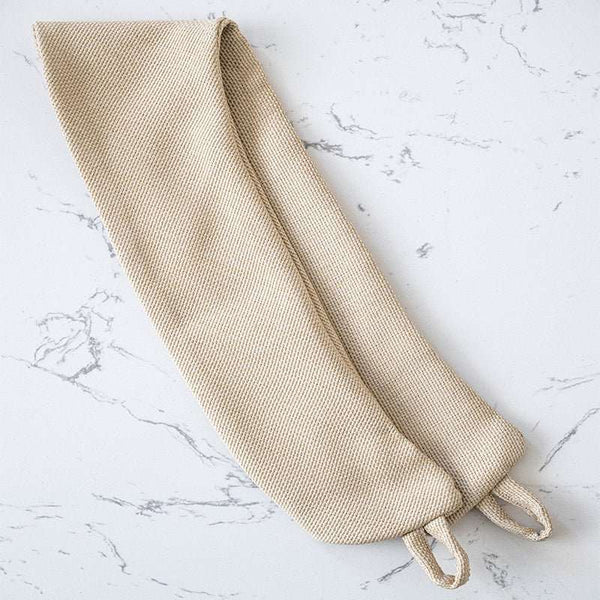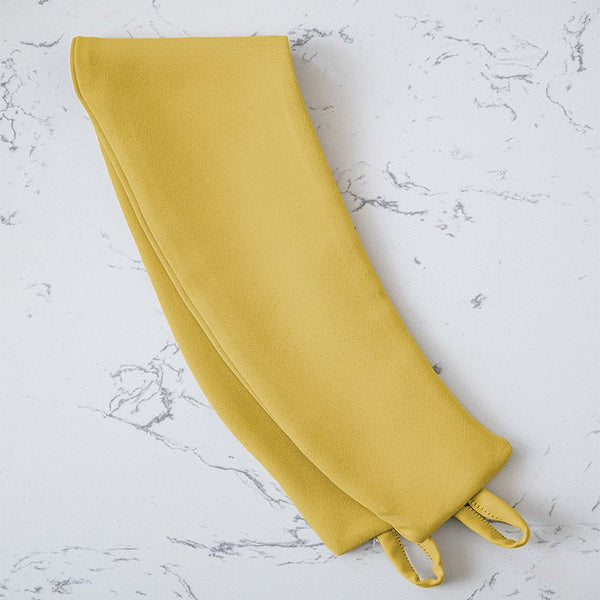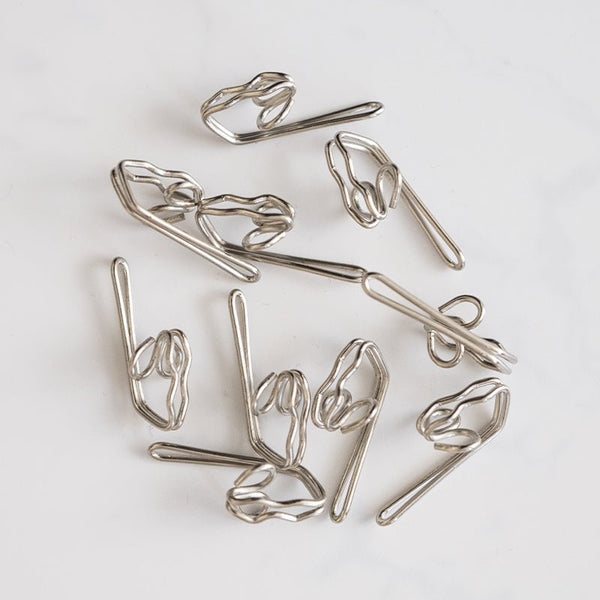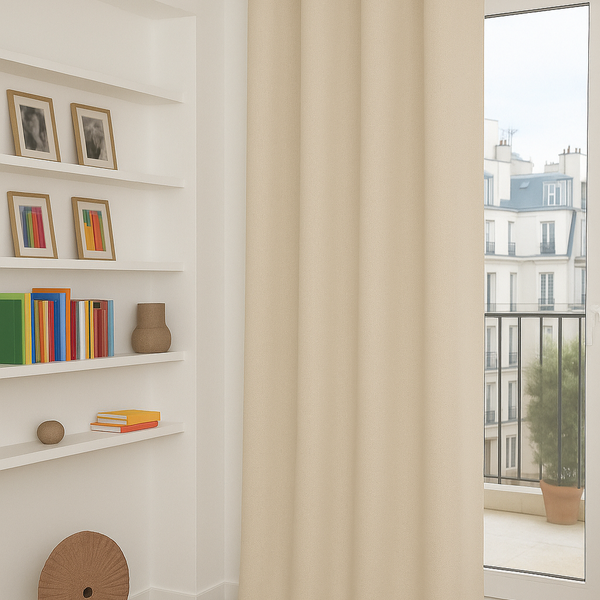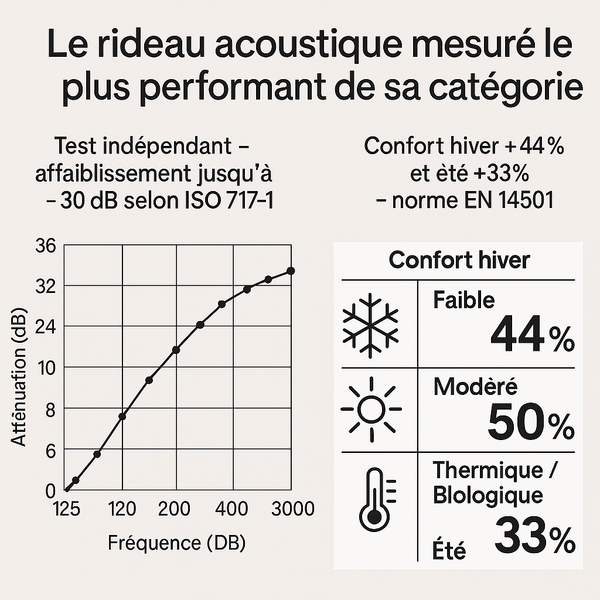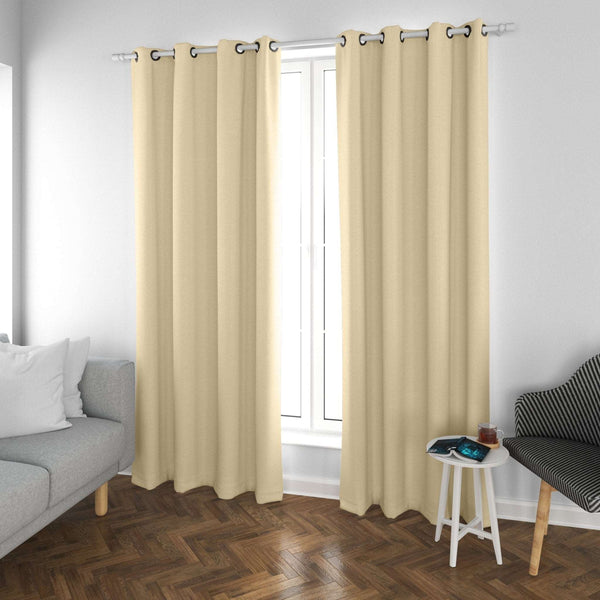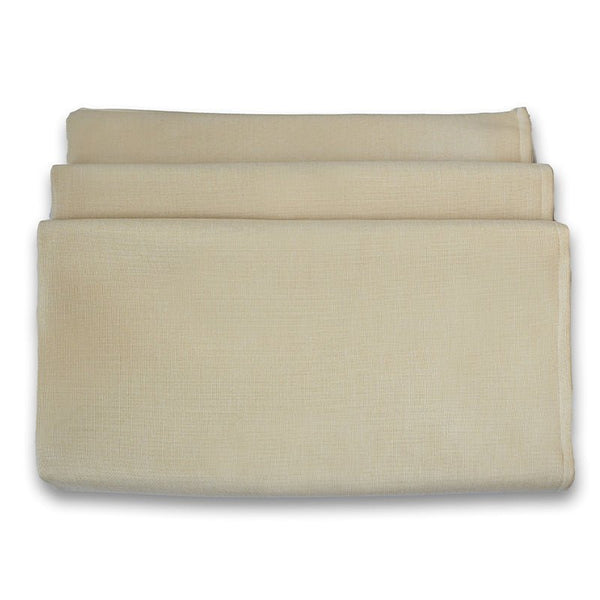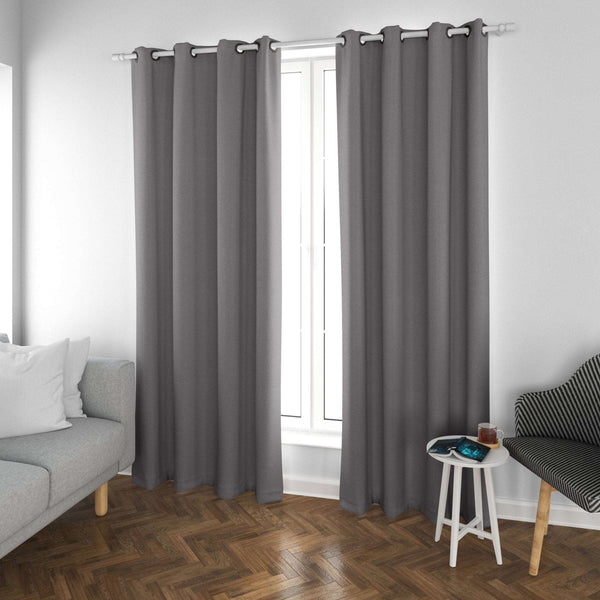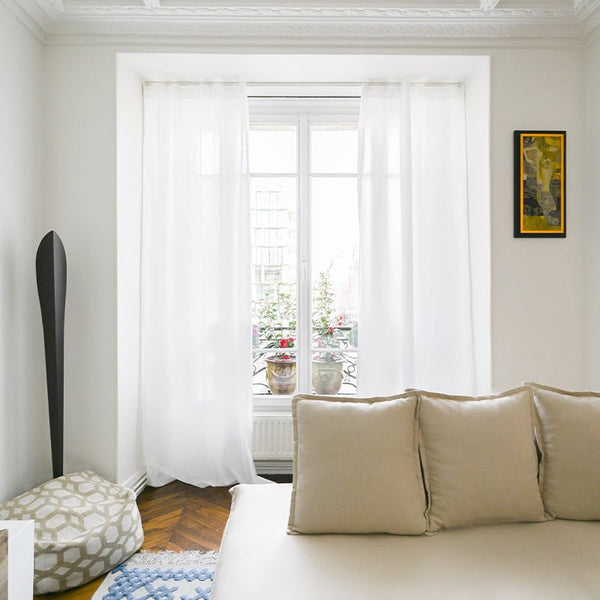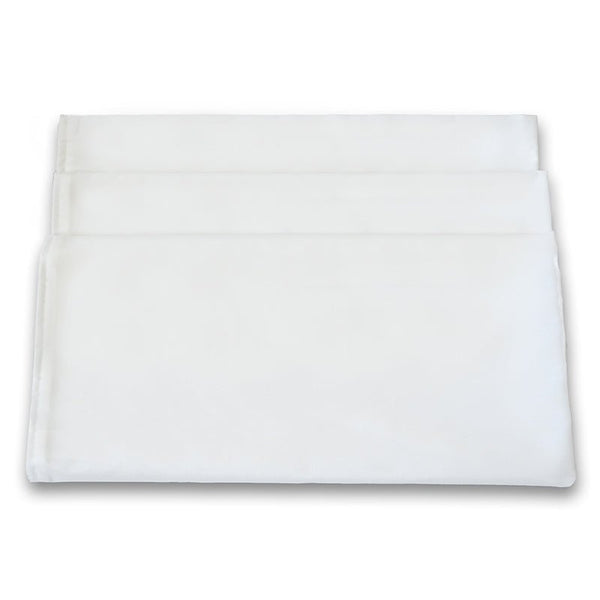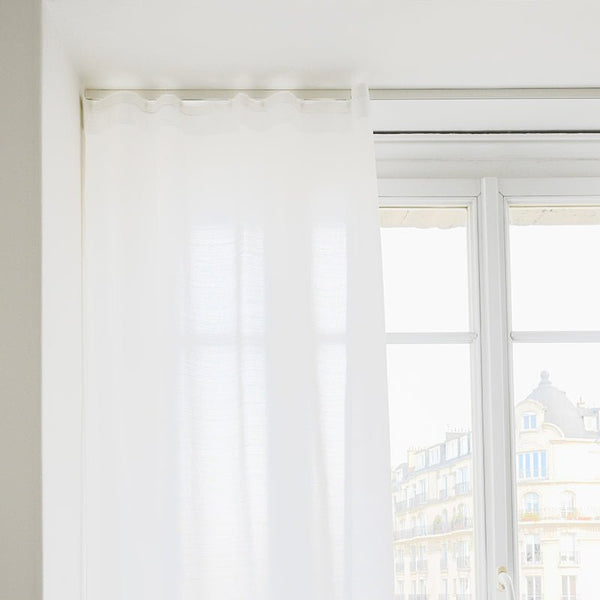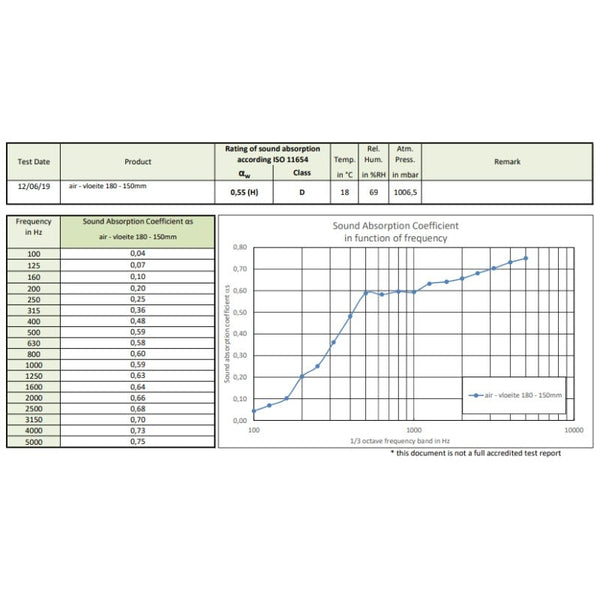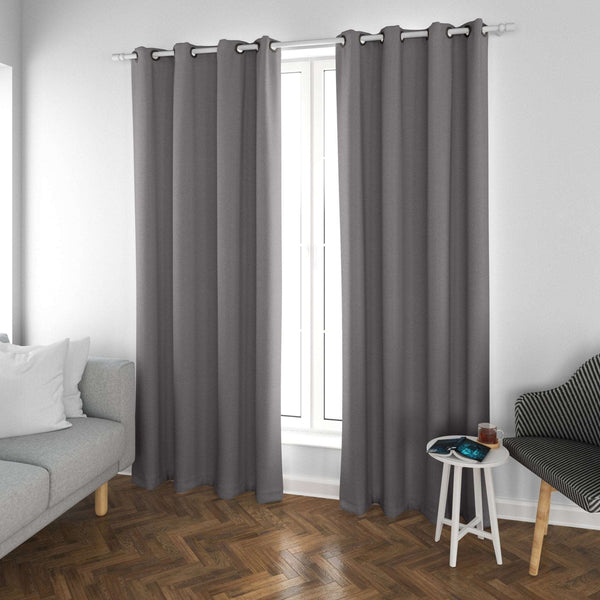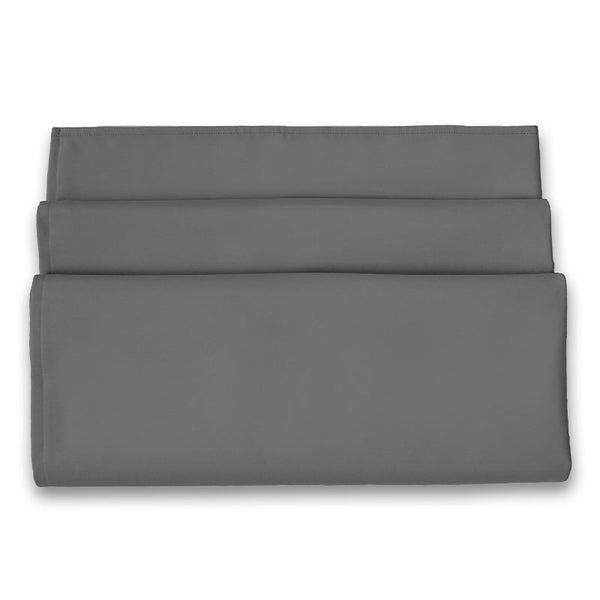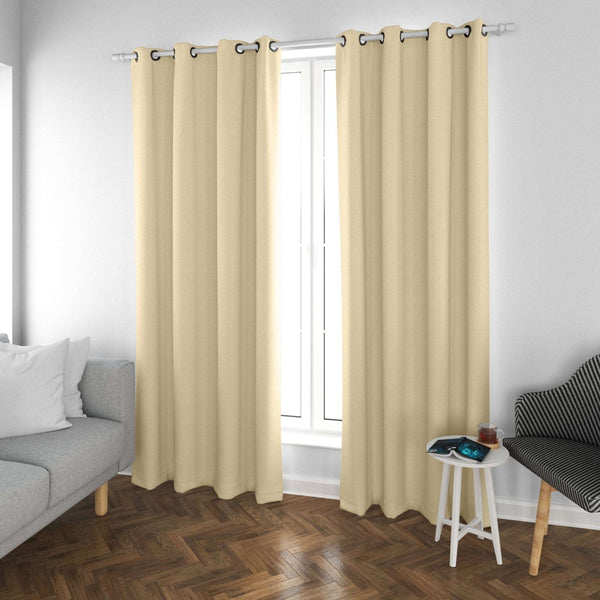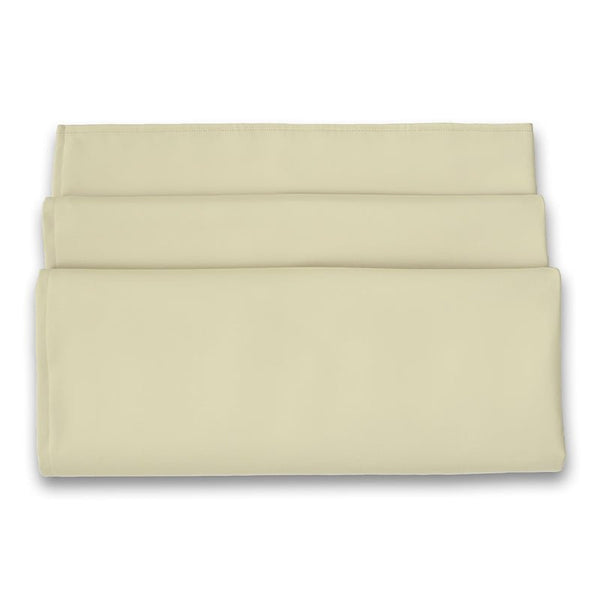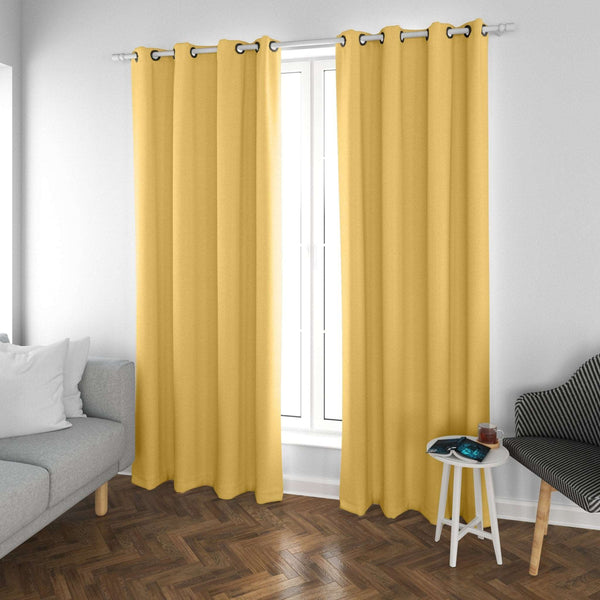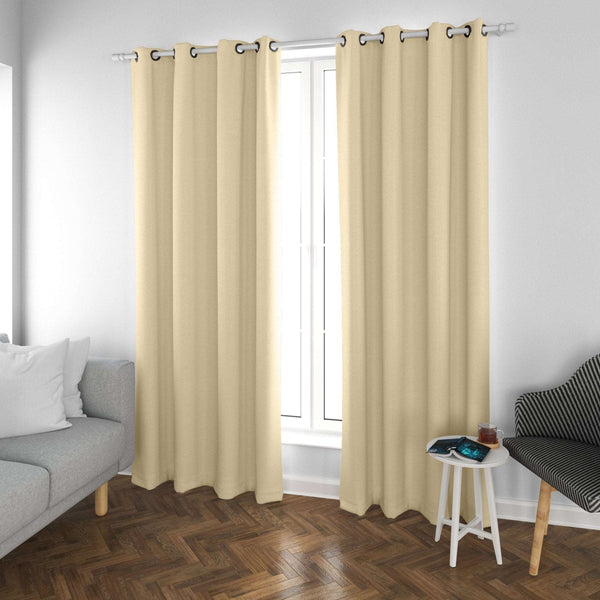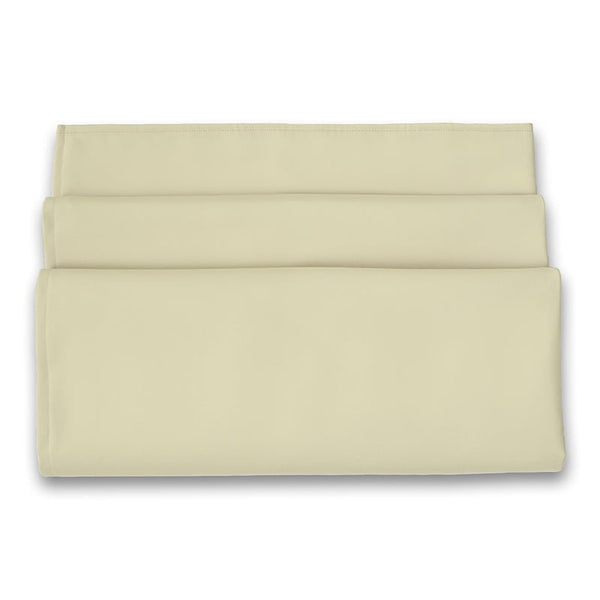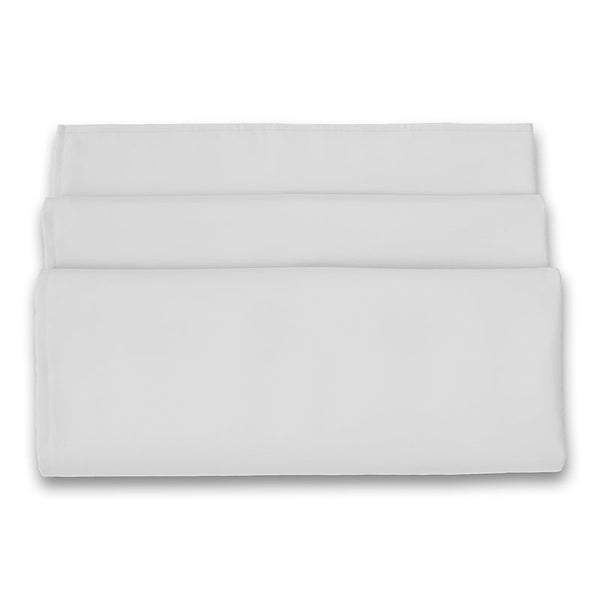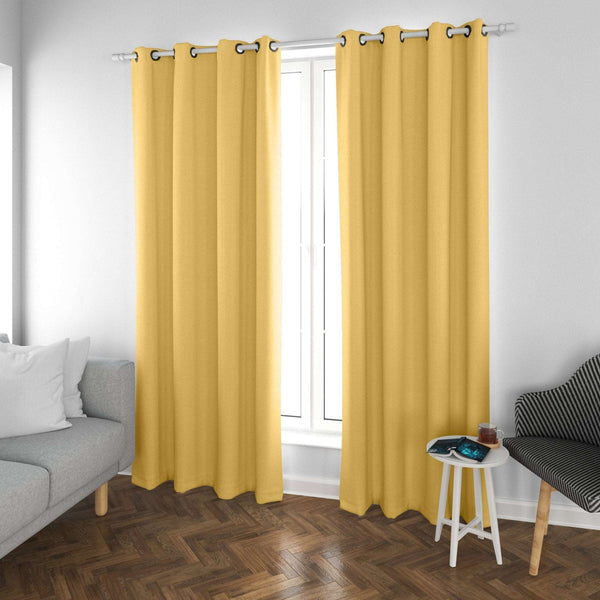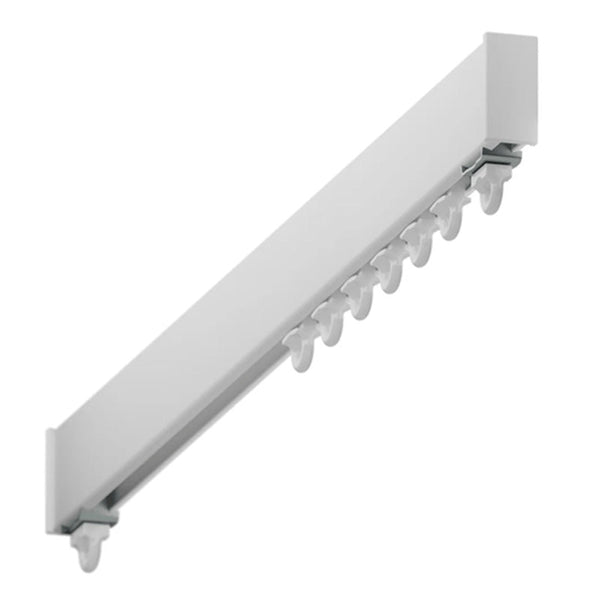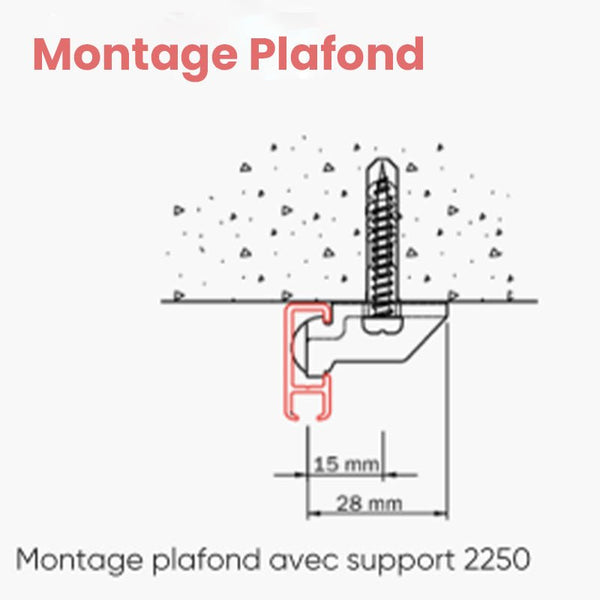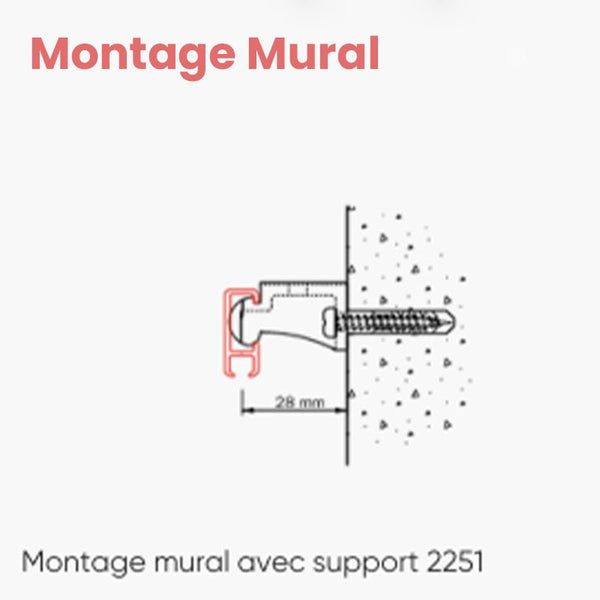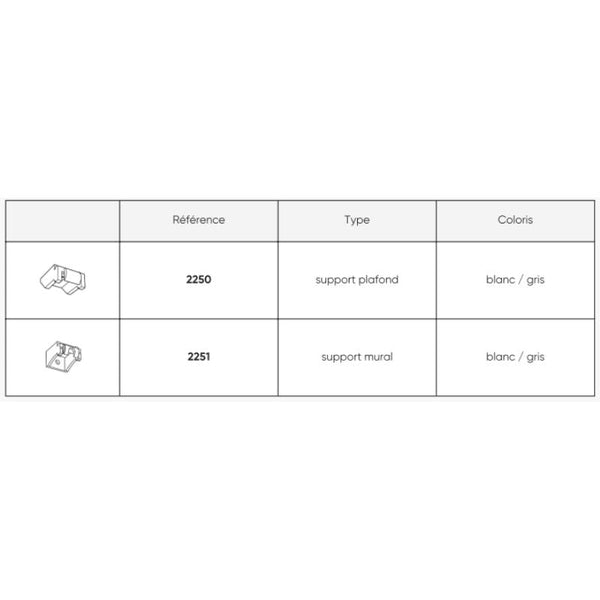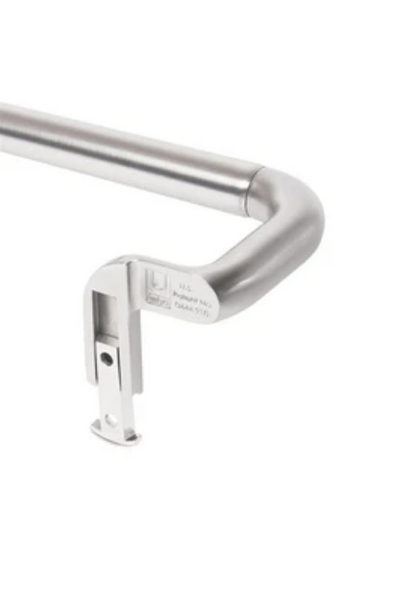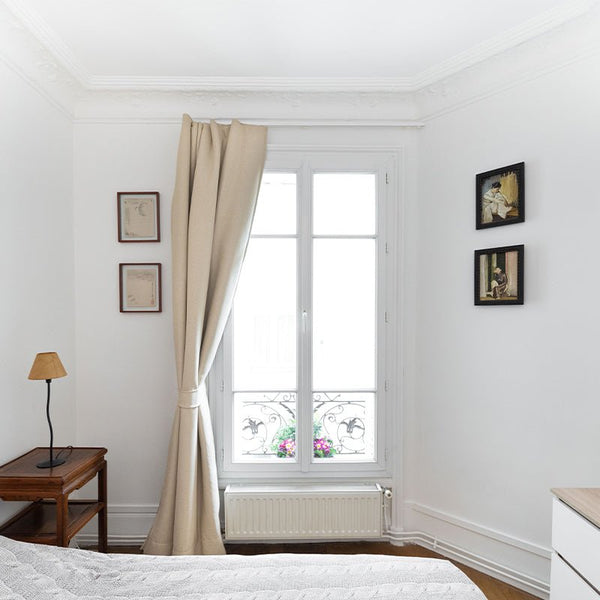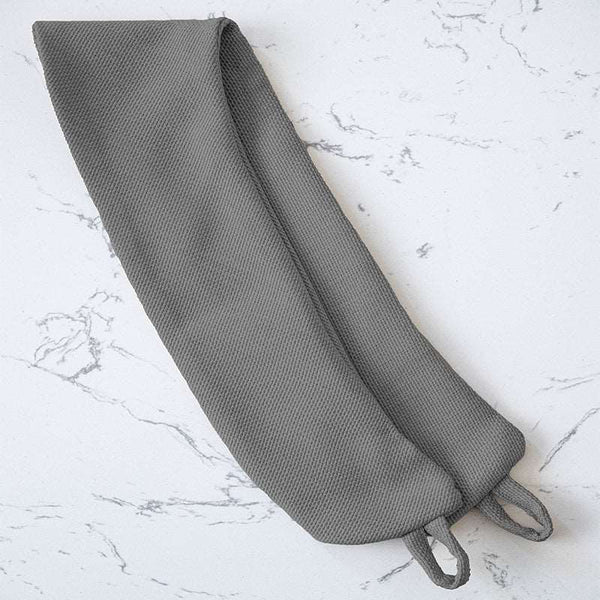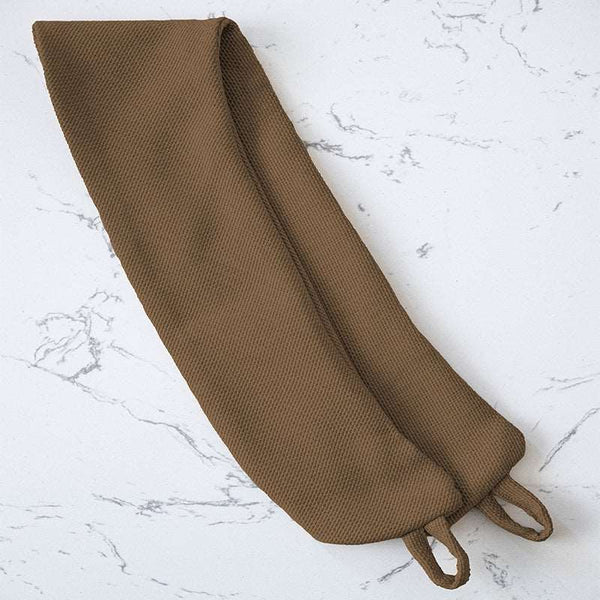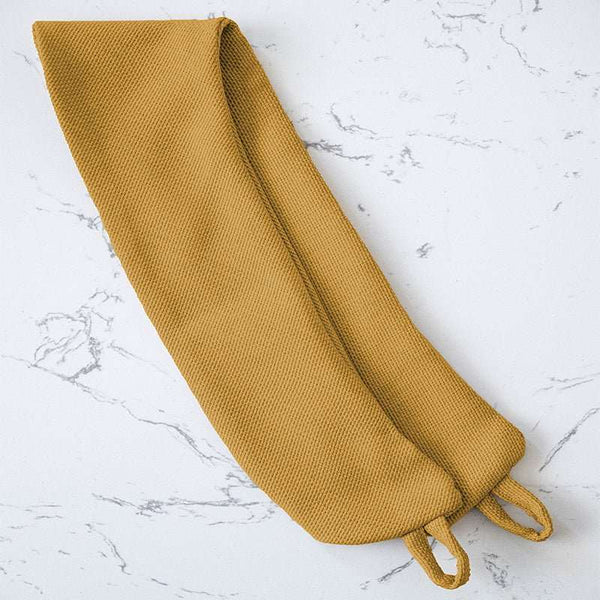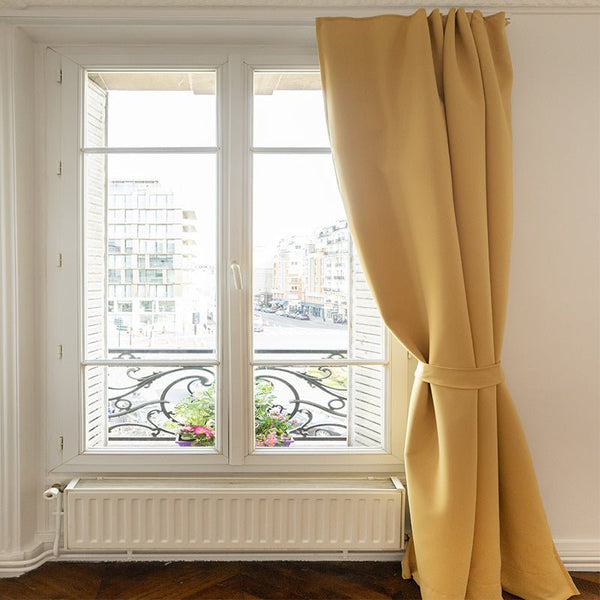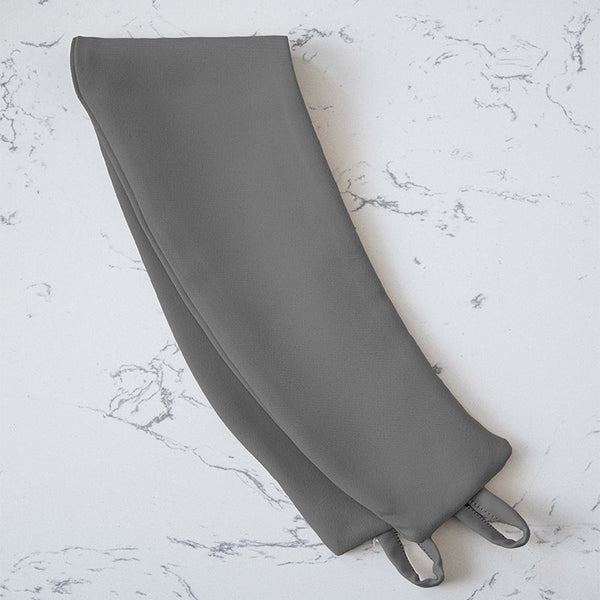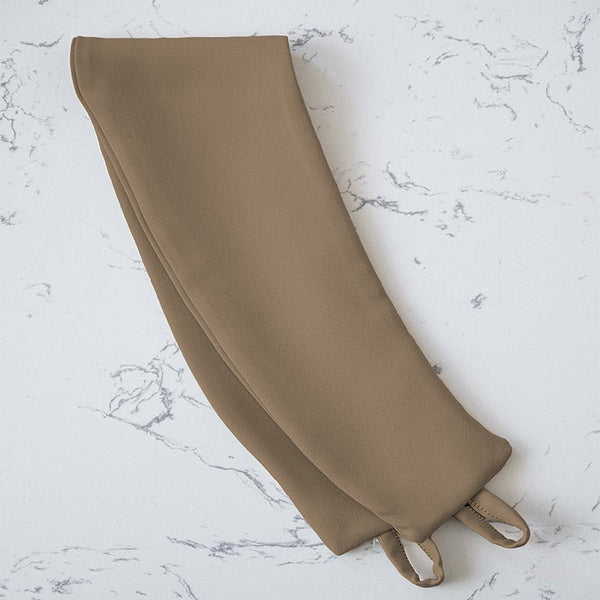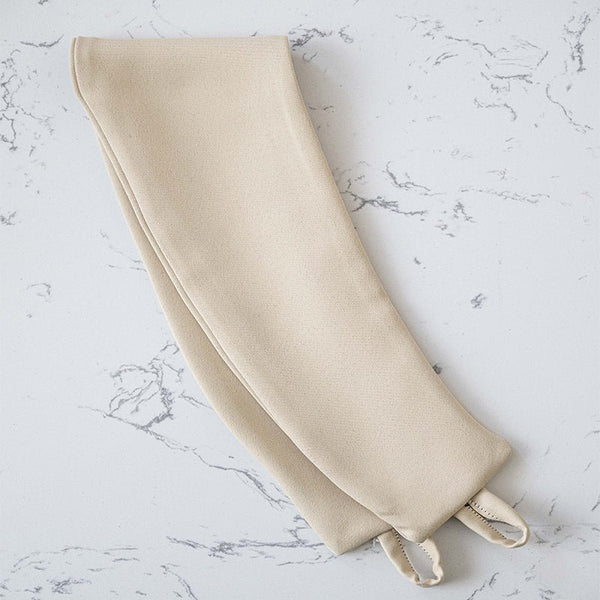By reducing external noise pollution, soundproofing windows improves acoustic comfort in the home. It creates a peaceful indoor environment and guarantees the well-being of occupants. Effective soundproofing relies on a number of elements, such as the use of sound-absorbing materials, sealing window joints and installing double glazing and curtains. So how do you go about soundproofing a window?
Choosing the right type of glass
Before undertaking any soundproofing work, start by choosing the right type of glass for your window.
The different types of glass and their soundproofing effectiveness
There are several types of glass:
- single glazing: for decorative purposes, single glazing offers average thermal and acoustic performance. Combine it with an acoustic curtain for effective soundproofing;
- double glazing: this consists of two panes of glass separated by a layer of air, and can create a barrier against external noise;
- triple glazing: this consists of three panes of glass separated by two air spaces. Its acoustic performance far exceeds that of double glazing;
- sound-absorbing glazing: it can reduce noise pollution by up to 4 times more than a single pane of glass, and combat sound transmission;
- tempered glass: specially treated to increase its strength. The thicker it is, the better its acoustic performance;
- laminated glass: with an intermediate layer, it can absorb sound vibrations.
Tips for choosing the right type of glazing for your environment and needs
To choose the right type of glazing for your needs and environment, first consider the noise level outside. If you live in a particularly noisy street, double or triple glazing is a good choice. This solution will restore calm inside your home. For frequent noise, laminated glass is particularly effective. However, it's especially advisable if sound insulation problems are not significant. Otherwise, tempered glass is more suitable.
In any case, if you want to know how to soundproof a window, it's best to consult a professional. He or she will carry out a precise diagnosis of your needs and suggest appropriate solutions, such as thermal and sound insulation curtains.
Improving window tightness
Techniques for reinforcing waterproofing
Discover several techniques for improving the watertightness of French windows and doors.
The application of gaskets
Gaskets can be applied around a window frame to fill cracks and limit air infiltration. Gaskets can be made of foam, rubber or silicone.
Acoustic caulking
It involves insulating the gaps between the window frame and the wall with insulating materials such as expanding foam. Caulking can also improve thermal insulation.
Applying heat-shrink film
To create an additional barrier against air infiltration and heat loss, heat-shrink film can be applied to the glass.
Installation of sealing rings
To block draughts around patio doors, we recommend installing self-adhesive sealing strips around the frames.
Step-by-step instructions for applying these techniques
For quality soundproofing, it's important to perform these techniques correctly. Here are the steps to follow for each of them.
Sealing gaskets
Start by cleaning the surface around the window, then wait for it to dry. Next, choose a sealant appropriate to the type of window and the size of the cracks to be filled. Then glue the gasket along the perimeter of the frame, fixing it evenly and continuously. Apply pressure along the entire length to ensure good adhesion. Finally, test the window's closure to ensure that the seal does not interfere with its mechanism.
Acoustic caulking
First of all, identify any areas where noise can pass through, such as cracks, joints and gaps around the frame. Next, clean the window so that the soundproofing materials adhere perfectly. You can use adhesive soundproofing strips for this technique. Apply them along the frame to seal any gaps. Next, place acoustic seals around the perimeter of the window, pressing them in firmly. Finally, to absorb sound vibrations, insert acoustic insulators into the empty spaces in the frame.
Heat-shrink film
To begin with, clean the glass to remove residues and dirt. Next, cut the film to size, leaving a few centimetres of excess on each side. Then spray the inside surface of the glass with soapy water to facilitate application. Then stick the film in place, making sure it fits snugly, and smooth it out with a squeegee to remove any air bubbles. Then remove the excess and heat the film with a hairdryer. This will eliminate wrinkles.
Sealing rings
How do I insulate windows with sealing strips? To do this, first clean the area around the window. Next, measure and cut the sealing strips to the desired length and place them along the perimeter of the frame. Press them down firmly to ensure the best possible adhesion.
Use soundproof curtains and blinds
The question is: how do you soundproof a window? For greater sound comfort, install soundproof curtains and blinds.
Soundproofing curtain and blind options
Several curtain and blind models have been specially designed for soundproofing:
- Acoustic curtains: these incorporate acoustic materials such as foam to limit sound reverberation;
- thick curtains: made from dense fabrics, they form a barrier against noise pollution;
- curtains with thermal lining: they enhance both soundproofing and thermal insulation;
- blackout curtains: although mainly used to block out light, they also have a positive effect on soundproofing;
- cellular blinds: their honeycomb structure attenuates noise;
- dense fabric blinds: thanks to their thickness, they can counteract some of the unwanted sound.
Advice on choosing the right materials and installation to maximize efficiency
To maximize the effectiveness of the soundproof curtain, the choice of materials is essential. Choose velvet, thick cotton and polyester for best results. The denser the fabric, the more effective it is. Also, when it comes to installation, opt for sturdy rods, as insulating curtains are quite heavy. Next, lay the curtains so that they cover the entire window. They should reach the floor and touch the window sill. The sides of the curtains should also meet the walls to prevent sound from seeping in.
Nokomis products for soundproofing your home
So how do you soundproof a window? Choose our high-performance insulation solutions.
Nokomis product range
We offer a wide range of products specially designed for soundproofing and improving acoustic comfort. These include acoustic curtains, performance curtains, comfort curtains, acoustic panels and tiebacks for double curtains. Our accessories are available in a wide range of materials, sizes and colors.
Nokomis product features
Of incomparable quality, our products are made from carefully selected top-of-the-range materials. Their design can be adapted to different interior styles. What's more, they offer unrivalled protection against outside noise and annoyance. Our acoustic curtains can be customized to suit your needs. They will significantly improve your everyday acoustic comfort.
Invest in soundproofing
To improve your family's quality of life, invest in soundproofing. This will help reduce noise to safer levels and protect your health. What's more, soundproofing contributes to a quieter, more relaxing environment. It will also safeguard your privacy, as your conversations will no longer be audible outside.
